Last week was so much better than the previous one. The Spanish classes have helped massively and on quite a few levels.
Firstly I met a lot of other people who are also finding it tough living in a new city. Secondly by learning some basic Spanish, the words I hear around me are now starting to have some meaning. I’m able to construct simple sentences and occasionally even be understood!! And finally it was great to have somewhere to go everyday, where you know what to expect and where it’s entirely focused around getting me to learn. So if I don’t understand it’s not embarrassing - it just means it needs explaining in a different way. Hurrah!
It’s a strange experience learning another language again. It really makes you think about what language is and how it operates. It’s made me think lots about how English works as much as about Spanish. For example how polite English is… we use so many words to say “excuse me, if it’s possible I would like to have…”. In Spanish I don’t think it’s rude to just ask. Certainly we’ve been told that one “por favor” or “gracias” in a conversation is enough to show that you’re polite.
And then it’s really interesting how you use language to delineate relationships and hierarchies. I love this word “tuteame” which you use if someone has referred to you as ‘usted’ (important-person-‘you’) and you don’t mind if they call you ‘tu’ (same-as-me-‘you’). And it’s funny doing exercises to practice who you should call ‘usted’ (university professors) and who ‘tu’ (primary school teachers!?!). I like the idea that respect is built into the fundamentals of a language, but it is odd to have inbuilt assumptions about who requires more respect than whom. Of course we have this in English too in the phrases we’d use with different people (respectful versus colloquial) but it’s interesting to have formal hierarchies so transparent in the language.
Likewise it’s interesting to have a language that is gendered. If language reflects who we are and what we care about, what does it mean to have a language for your culture that masculinises and feminises the objects in your world. Or what does it say about a culture that doesn’t care? Maybe that’s even stranger! Maybe knowing whether things are masculine or feminine matters in life.
I also think it’s interesting not to need to use ‘I, you, he, she, we, they’ because the verb ending says it, for example:
veo (I see),
ves (you-informal sees)
ve (he,she you-formal sees)
vemos (we see),
veis (you-plural informal see),
ven (they & you plural formal see).
In a way it makes your sentences all about action and what’s being done – rather than about the person. But then I guess it also puts the individual or group at the heart of whatever’s happening because they are absolutely intrinsic to the word itself. It’s hard to get used to – but it’s elegant.
I also love that in Spanish there are 2 different words for I am (the verb: to be). There’s the ‘to be’ that’s ‘ser’. Which is for the things that are permanent or absolute about you: so I am English, I am white, I am 34, I am blond etc. And then there’s the other kind of ‘to be’ that is ‘hacer’: I am hungry, I am bored, I am drunk, I am poorly. I think it’s great to have things that you are certain about yourself and other things that are changeable. Obviously life isn’t really like that: I’m certainly not always blond for example! But I like the premise that it’s really important to differentiate between what’s essentially you versus what you are in the moment.
It´s hard though only being able to speak in the present tense at the moment. I realise how little I actually talk about what´s happening in the moment - but so much about forming relationships with people is about sharing experiences you´ve had in the past and about your desires for the future. "I want a beer. I like the cinema. I am english. Really only gets you so far!!!
The other good thing about this week was Pintura Mural. We bought jumpsuits, goggles, ventilated masks, and gloves from this brilliant ‘work uniforms’ shop near where I live (having to mime the need for goggles and mask was pretty funny!). The shop keeper was very serious and insisted on proper measuring and trying on of the jumpsuits to get it just right. Then we hacked at the current mural on our wall with pickaxes (very therapeutic!) and ended up totally covered in dust and concrete. Then we hosed it all down and filled in the holes – so we now have our blank ‘canvas’.
We’ve decided to experiment with materials and learn what we can/can’t do with plaster (imprinting stuff into it, adding stuff to it etc) and have also started thinking about a subject matter to base our work on. It’s funny that as a group of 4 Erasmus students we’ve been given a bit of wall miles away from everyone in the main group, so we’re totally out on our own. It’s a good reflection of the general experience! As a group we’ve agreed to start thinking about the subject of navigation, being lost and being outside of things. I’m really excited about starting to do some thinking about it. Not necessarily about what to do with the wall itself, but I think it’s a rich subject matter for me at the moment and creates a really good way of both getting started on some proper work and making sense of this whole bizarre experience.
So I’ve been thinking about how one navigates. How maps are such a strange way of reflecting the experience of being in an environment, and how there are probably lots of other ways of representing being in a new space. I’ve been thinking of Francis Alys & Richard Long’s approaches to documenting journeys. Like tying different types of knots in a piece of string to reflect going left, right or straight on.
I’ve been wondering about what’s in the lost & found offices here in comparison to London. Madrid is the highest city in Europe and maybe there are interesting ways of representing its topography in a 3D way.
And I guess there’s my on-going pre-occupation from last year of making the familiar unfamiliar, but now maybe it’s the other way around…
It was brilliant having Rups here this weekend. Really really fun and lovely. We talked and laughed and explored lots. The sun shone all weekend, and I only cried once (!). One of the things we did was to go to Las Ventas to the Bull Fighting.
It was very strange. Brutal, beautiful and bonkers.
I hadn’t expected the bulls to be as big and aggressive as they were. They are very scary at first and the fighters really do have to be brave and skilful to evade them as they do most of the time (although 2 fighters got hit by the bull when we were there – neither badly hurt). The clothes the torrodors wear are fabulous and the posturing and macho movements (thrusting their groins towards the bull as if in taunt) are brilliant.
But I found it hard to watch the men with long spears on horseback who stab the bull from a height and create these deep wounds – which is what weakens it. The bulls all charge at the horses (which are padded and blind-folded – presumably so that they’re not scared!?!). The bull often lifts the horse off the ground because it’s so aggressive. And then they stab it several times in the back with this huge javelin which creates these massive gashes that just gush blood.
The bull fighters then do these acrobatic moves jumping out of the way and simultaneously stab decorated skewers into the bull as it charges (clearly points are awarded for getting both in at the same time). And then the main matador does lots of flashy moves with a red cape and his sword before finally the bull is so weak that they finish it off with a final stab at the base of the neck, when the bull just buckles and is dead.
Strangely that bit was OK. A bit shocking (because in our neat and tidy vacuum-packed lives we don’t often see death. Well, only shoot-em-up Hollywood baddie deaths). It was gruesomely mesmerising watching the final shudders, and now and again the fighters having to twist the sword to make sure he was really dead. But this part was OK because it had been inevitable from the start, and finally it was over, and you knew that for this bull there wouldn’t be any more suffering now.
Then the band starts up playing triumphant music, four horses race in covered in bells – they tie the dead bull’s horns to the horses and then the horses gallop out really fast dragging the giant bull behind them through the dust.
The crowd was amazing. All shouting and cheering throughout the whole thing. There was some brilliantly gruff, smoke-fuelled, growly Spanish heckling. The stadium wasn’t very full (it’s the very end of the season) but I can imagine it’s incredible when it’s full of the 20,000 people it can hold.
We stayed to see 4 out of the 6 bulls die, but decided that 4 was enough for a Sunday afternoon and so we left.
I am really glad that we went. But I’m not sure that I really understand why it’s considered such an art form here (it’s written up in the Arts section of the newspapers every day not the Sports section). And although the sense of ritual and tradition is really powerful, the inevitability (there really is no chance for the bull) makes it difficult and awkward to watch. I’m sure there’s so much that I’m missing, and with my new-found Spanish and a dictionary in hand, I think I’ll try to translate some of the newspaper reviews to see if I can understand more… but unlike opera – I’m not sure I’ll ever grow to really love it.
Thank you all so much for your lovely messages. It´s really cheered me up having so much good will and funny reminders of your similar stories. I´m very lucky to have so many great people in my life.
Tuesday, October 23, 2007
Subscribe to:
Post Comments (Atom)
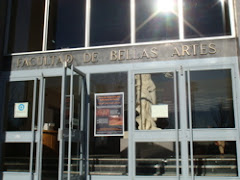
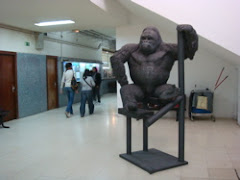

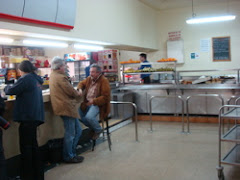
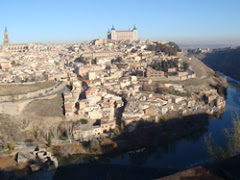
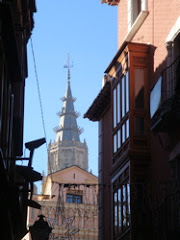
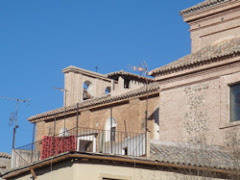
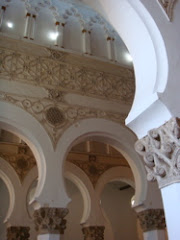
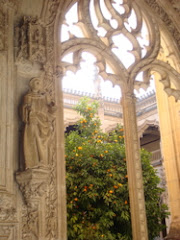
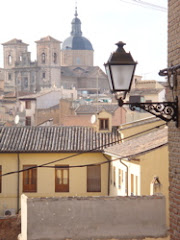




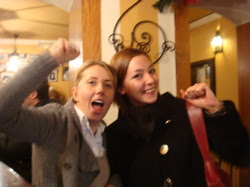
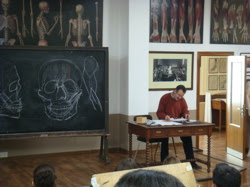
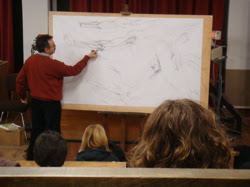
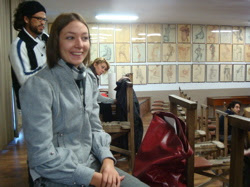
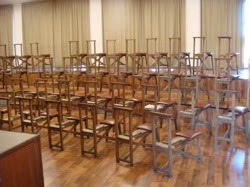
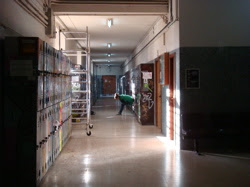
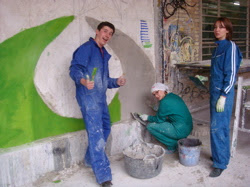
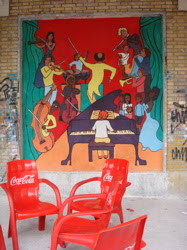
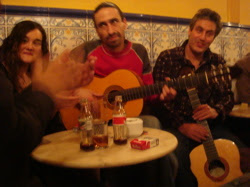
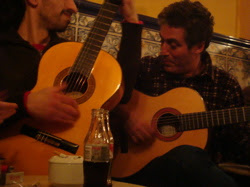
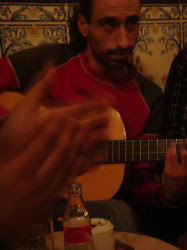
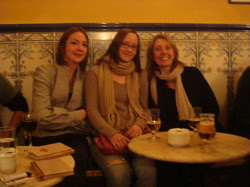
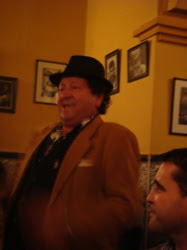
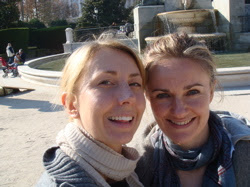
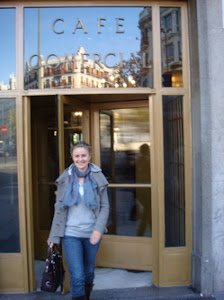
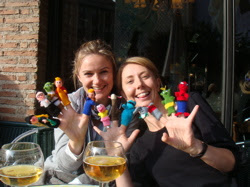
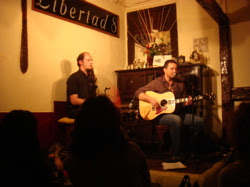
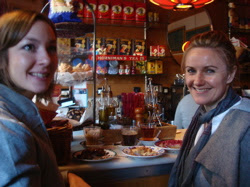
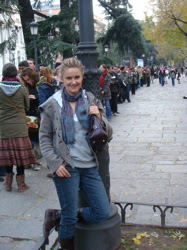

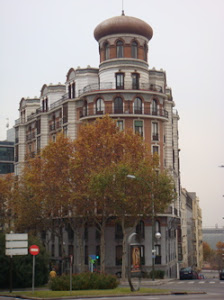
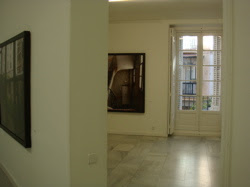
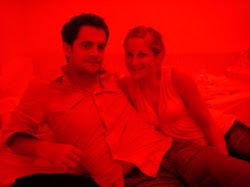
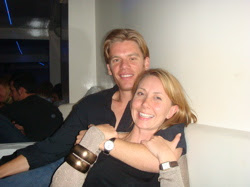
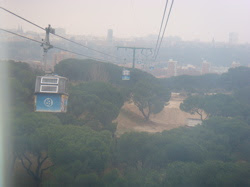
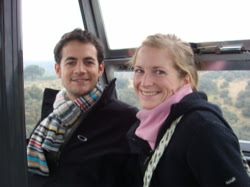
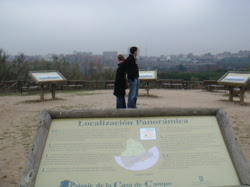
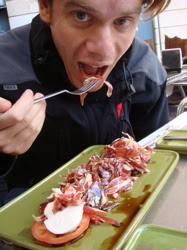
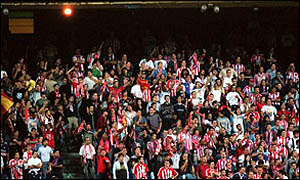


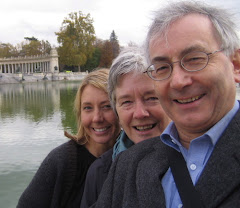
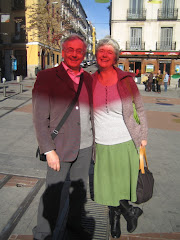

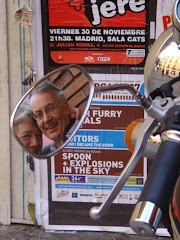

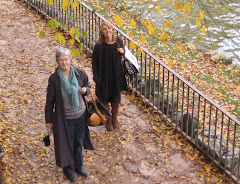



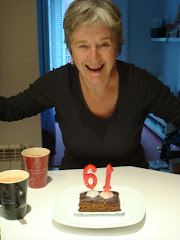
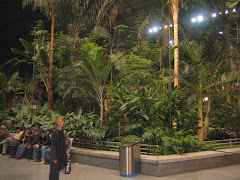
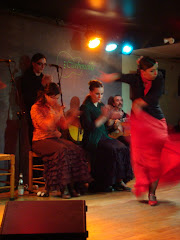
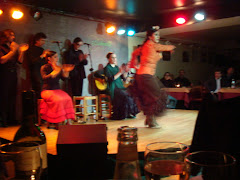
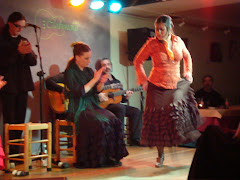
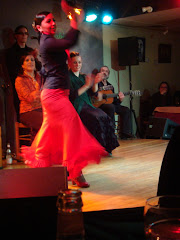
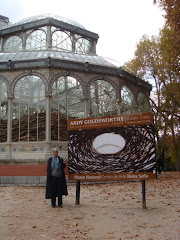
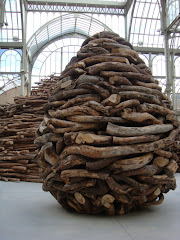
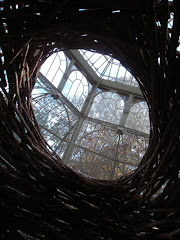
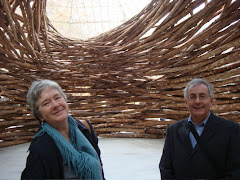
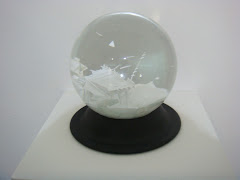
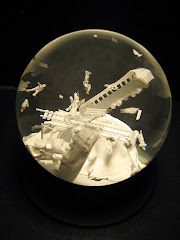

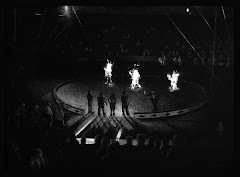

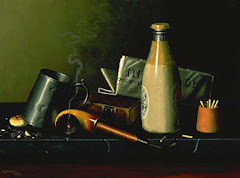

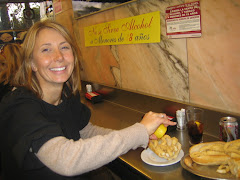
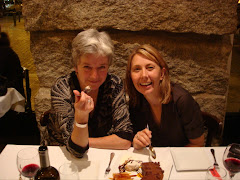
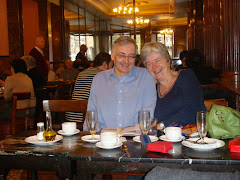
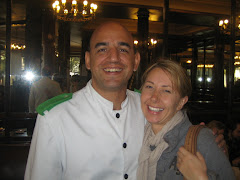
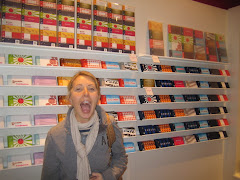
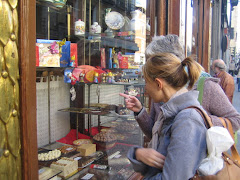
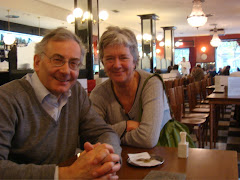
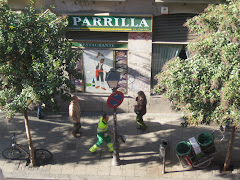
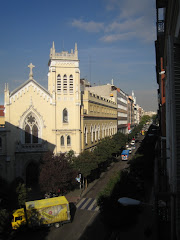
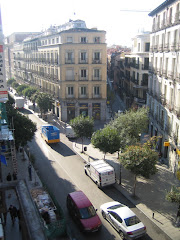
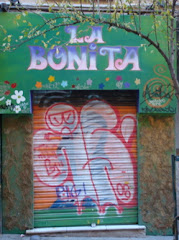
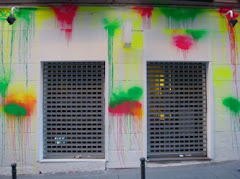
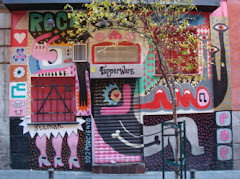
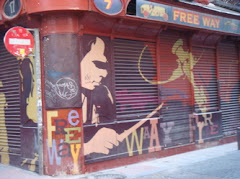
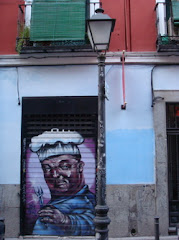
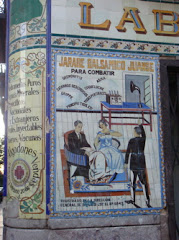
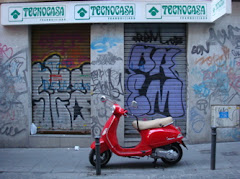
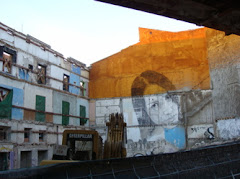
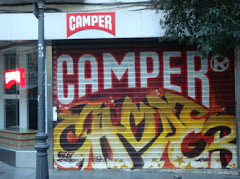
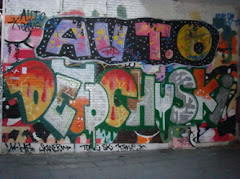
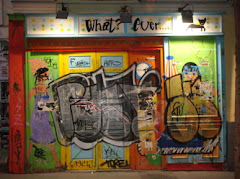
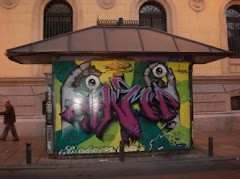

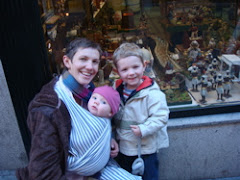
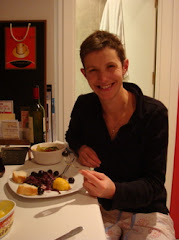
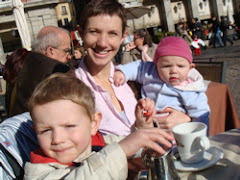
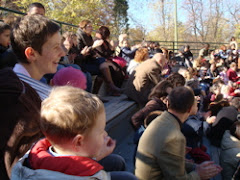




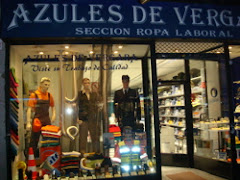
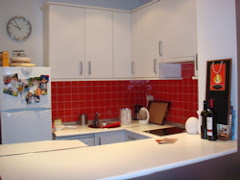
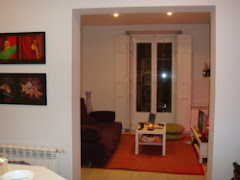
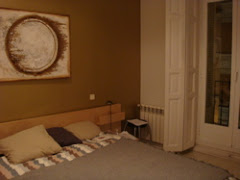
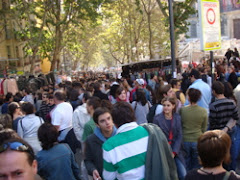
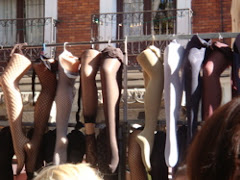

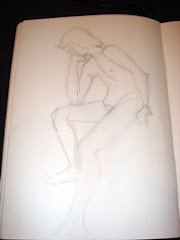
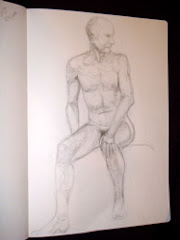
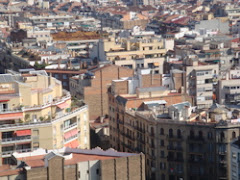
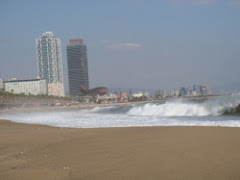
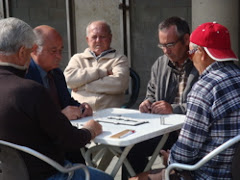
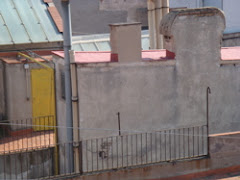



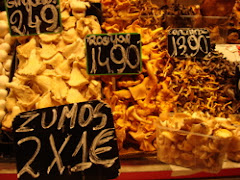

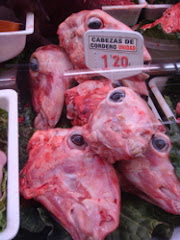
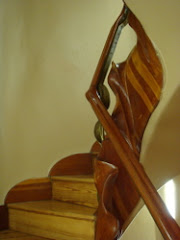
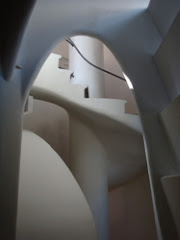
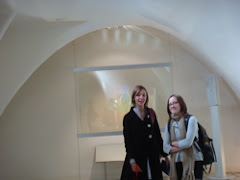
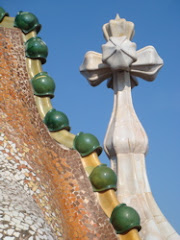

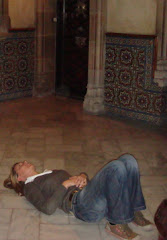
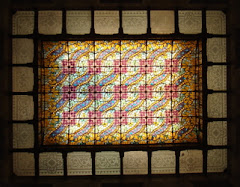
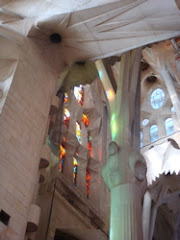
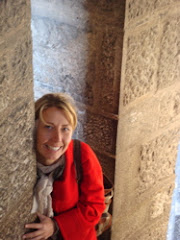
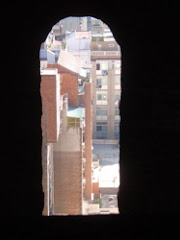


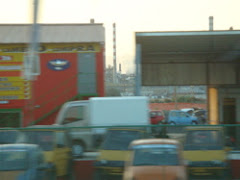
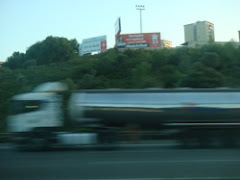
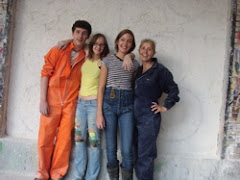
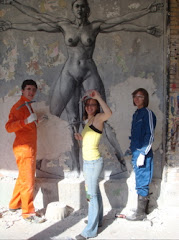
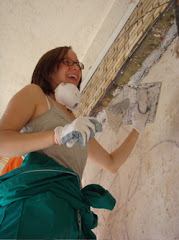
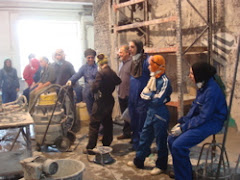

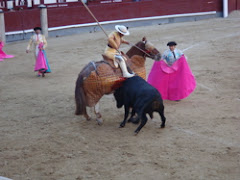


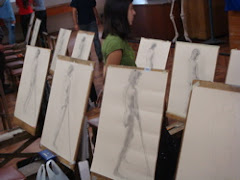




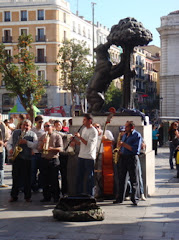
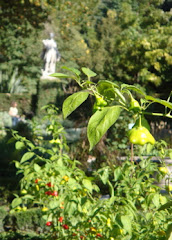

3 comments:
great to see you're through the tough patch!
Fabulous pictures, I love you all in your boiler suits. I do think a career in demolition would be so much fun, though presumably only if you could choose what to knock down. I love the idea of knowing what things are int he lost and found offices...it must be possible to find out, but after your accounts of the bureaucracy at the university I can't imagine how many forms and how long it would take to get an answer? Do you think it is like france where you get the two ways of doing things - the ofiicial way with a hundred passport photos, lots of photocopies, lots of forms, of which they only tell you about the last when you get to the front of the queue which all takes a long time and has to be done within official hours, and a second way which is all about your community and your relations with people, you have a long loud conversation and stuff gets done. I think that is the hardest thing about being an outsider - you have to stick to the official channels, in fact you only reallly hear about the official way, but yet you know that for all the people for whom this is home it is so much more straightforward somehow. maybe that's when a place really starts to feel like home, when you know hopw to make things straighforward.
Love you babes, so glad the spanish class was good, it is so interesting. One always thinks of italian and spanish as very florid verbose languages but you are right, they are actually very spare compared to english, where you have to include the pronouns and so many politesses. have you tried comparing a book you know well in English with one in spanish - i did the little prince as it is short and simple and it is really interesting how it changes. I read somewhere once that translating literature effectively is considered more difficult than writing int he first place!
Take care
Lots and lots of love
Susie
Hi Jess!
Mightily impressed with your progress, especially with the lingo!
And very pleased to hear that things are looking up.
GO Jess GO!
In total admiration
Steph xox
Post a Comment